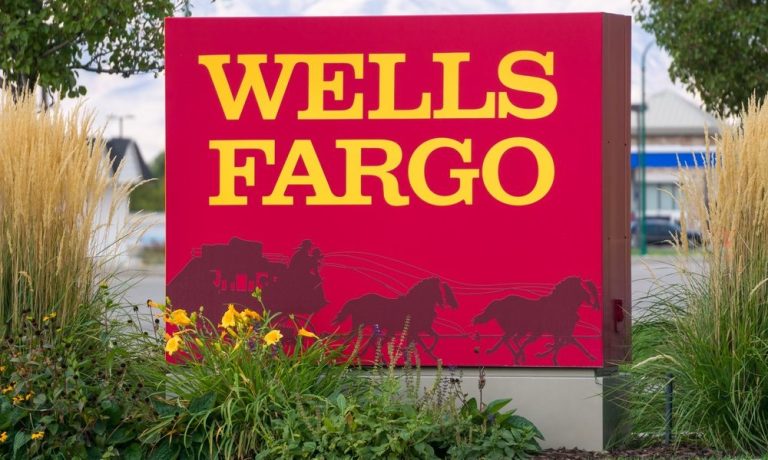Wells Fargo Balks At Auto Loan Scandal Compensation Remedy

Wells Fargo is trying to avoid compensating all of the 600,000 drivers affected by its auto loan scandal.
In June, Wells Fargo submitted a plan to regulators as part of a $1 billion settlement it reached with the Consumer Financial Protection Bureau (CFPB) and the Office of the Comptroller of the Currency (OCC). Regulators deemed that the plan needed to include more assurances that the bank will find them all and pay them back.
The insurance program took place from 2002 to 2016, but court documents show that the bank only intends to compensate drivers forced into policies from 2005 and on. The revelation contradicts Wells Fargo’s pledge to help every customer who was affected by the scandal.
In the meantime, lawyers for the drivers are adamant that the compensation plan should cover the entire life of the insurance program.
“There’s no credible reason why you don’t go back to the inception of the program,” Roland Tellis, an attorney for the drivers, said at an August hearing, according to Reuters. In fact, Tellis and other lawyers are requesting a payout that exceeds three times what drivers were charged.
Wells Fargo has blamed a vendor for putting the auto insurance on top of the loans of auto borrowers. A report noted that the OCC, which is the main regulator of Wells Fargo, has been asking the company which executives were aware of the commissions and whether or not they could have been halted sooner than they were. A bank spokeswoman declined to comment, but said Wells Fargo received commissions from insurance partners via a program that was ended in 2013. “We are sorry for any harm caused and are focused on the important work to complete our remediation process,” said spokeswoman Catherine Pulley.
Wells Fargo has calculated it will have to refund $145 million to borrowers and adjust the account balances by an additional $37 million.